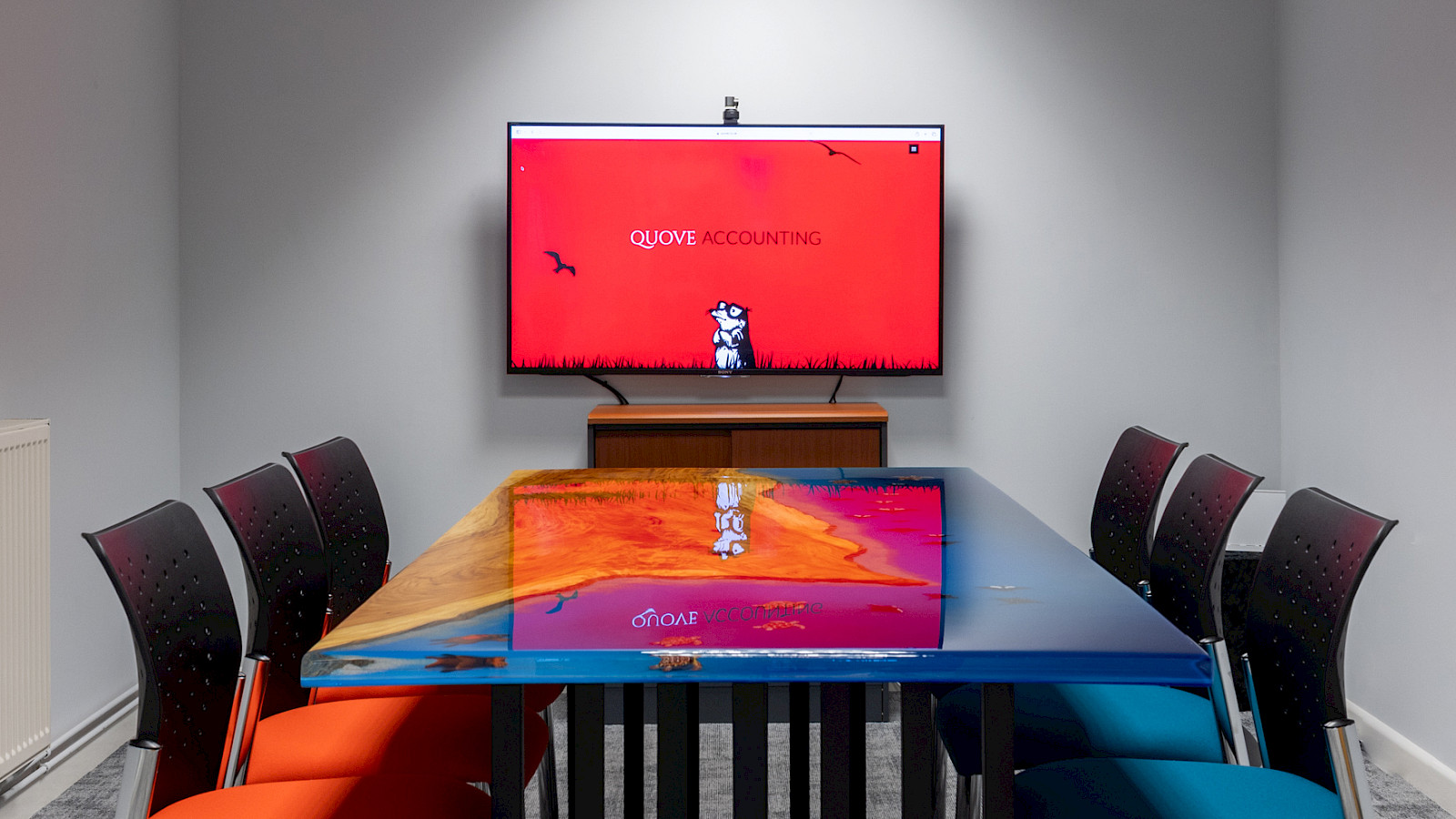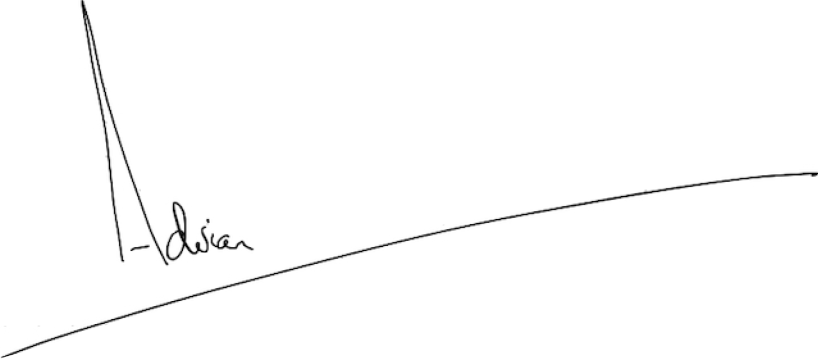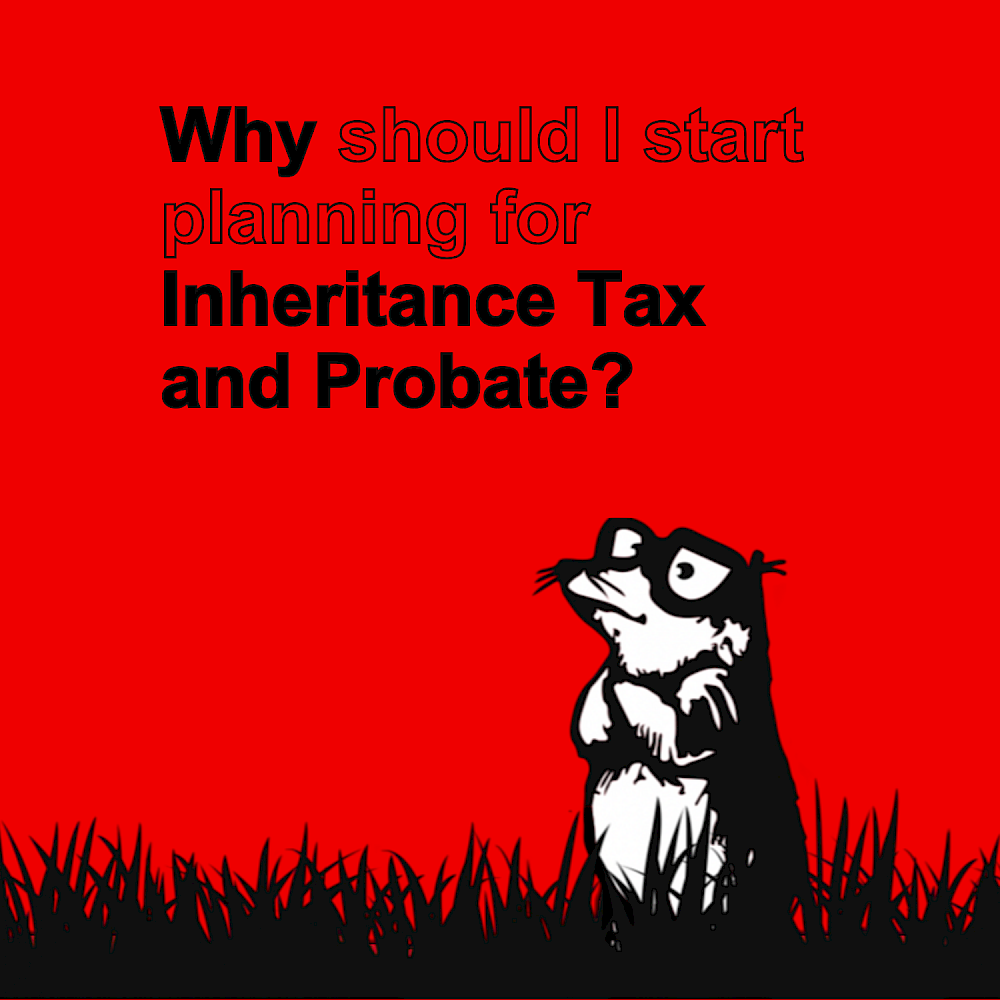Positively Taxing: MTD Deadlines for Landlords & Self-Employed
4 June 2025 Reading time: 2 minutes

Digital Record Keeping & Quarterly Reporting – MTD FOR IT
If you’re self-employed or a landlord earning over £50,000, welcome to Making Tax Digital for Income Tax (MTD for IT). From April 2026, you’ll need MTD-compatible software to report your income and expenses every quarter.
This means tax reporting will become a more regular affair, requiring careful record-keeping throughout the year rather than the traditional single annual submission. While HMRC suggests this will improve accuracy and efficiency, many will likely find the transition challenging, particularly smaller businesses unfamiliar with digital tools.
If your income falls between £30,000 and £50,000, don’t get too comfortable—your turn comes in April 2027.
For those affected, now is the time to start exploring MTD-compatible software, ensuring a smoother transition when the new rules take effect.
MTD for IT: Frequently Asked Questions
Who needs to comply with MTD for IT—and when?
If you’re a sole trader or landlord, you’ll need to comply once your qualifying income hits the threshold. The rollout will be staggered:
- From 6 April 2026: Income over £50,000
- From 6 April 2027: Income over £30,000
- From 6 April 2028: Income over £20,000
HMRC will let you know when you’re officially “in.” Until then, keep calm and carry on (digitally).
What exactly counts as ‘qualifying income’?
It’s your gross income—before expenses—from self-employment and property. Yes, gross. Yes, combined. And yes, that includes any VAT if you accidentally report VAT-inclusive numbers. So be precise.
Low transaction volumes? Still in scope?
Unfortunately, yes. A quiet side hustle doesn’t mean an exemption. If your income is above the threshold, you’re in.
What do I actually have to do?
- Keep digital records
- Submit quarterly updates of your business income and expenses
- File an end-of-year return via MTD-compatible software
The quarterly updates won’t replace your annual return—they’ll complement it. Think of it as going from one annual dentist visit to four checkups and a final polish.
Quarterly payments? Not yet.
You’ll still pay tax on the same timeline—by 31 January, with payments on account due 31 January and 31 July. No extra payments, just extra paperwork.
What’s this £90,000 ‘easement’ about?
If your turnover is below £90,000, you can send summary totals for ‘income’ and ‘expenditure’ each quarter. It’s not total freedom—you’ll still need to record every item in your software—but you’ll be spared the long list of specific categories.
Jointly owned property? There’s help here too.
If your property income is jointly held and under the £90k threshold, you can send a single income figure per quarter and report all expenses in one go in Q4. Residential finance costs like mortgage interest must still be recorded and reported separately.
What if I already submit VAT returns?
Your MTD for IT quarters may not line up with your VAT returns. MTD quarters end on 5 July, 5 October, 5 January and 5 April—but you can opt for calendar quarters. Aligning your VAT and MTD reporting dates could make life significantly easier.
And if I just ignore all this...?
Best not. HMRC is bringing in a new penalty regime. Late filing or missing updates could result in penalties of up to £3,000 per quarter. Even if there’s nothing to report, you’ll still need to file correctly—no ‘nil’ returns just to save time.
Still with us? If you're getting that queasy feeling about digital tax returns, don't worry—you're not alone. Start looking into MTD-compatible software now to ease the future headache.





